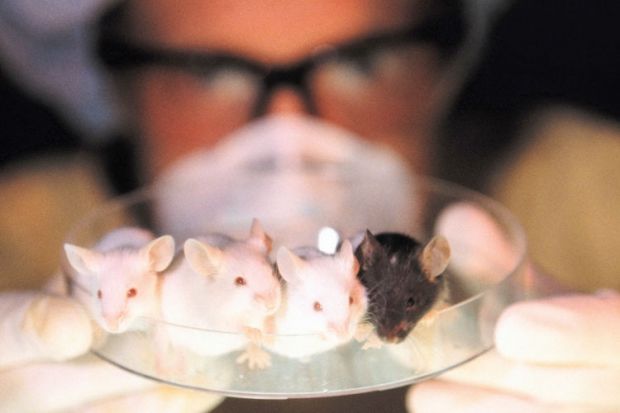The University College London site describes how and why animals are used in its research, and gives data on how many animals scientists used as part of their work last year.
Vice-provost for health, John Tooke, said the initiative showed UCL’s “commitment to openness and transparency” on animal research.
The site offers people information on what a researcher must do before he or she is given permission to work with animals and how the university protects animals from unnecessary procedures. This includes details of what UCL is doing on the 3Rs: replacing animal research with alternatives, reducing the number used and refining experiments to minimise harm and discomfort.
It also provides the chance to learn about the university’s animal research through a case study of a research project that uses animals and another using an alternative. Over the next year more case studies will be added to the site.
Professor Tooke said: “Research involving animals remains a vital component of our fight against disease affecting animals and man where no alternatives currently exist and we strive to sustain the highest possible standards in such work.”
Adrian Deeny, director of biological services at UCL and member of the steering group on the Concordat on Openness on Animal Research in the UK, oversaw development of the website. The concordat, launched in May this year, is signed by more than 70 universities, research funders, pharmaceutical companies and learned societies, who pledged to give greater clarity about the use of animals in science.
“A lot of claims made about animal research are based on information that is out of date or out of context. Many people do not realise how tightly-regulated modern research really is,” he said.
Wendy Jarrett, chief executive of Understanding Animal Research, the organisation that led the development of the concordat, said: “We have seen a step-change this year in openness among organisations that use animals for scientific, medical and veterinary research and I hope that this will achieve what everyone wants – a better public understanding of why and how animals are used in research in this country.”
However Jarrod Bailey, scientific adviser for the British Union for the Abolition of Vivisection, said although “genuine transparency and openness” was welcome, the organisation feared “this is simply a PR move by UCL to sanitise the reality of what life in a laboratory is like for animals in experiments, and to oversell the speculative and rarely realised benefits of those experiments in an attempt to garner more support for them”.
He claimed that earlier this year UCL had refused a BUAV Freedom of Information request on animals used in 2013. “This does not make us feel confident about the university’s commitment to transparency and openness,” he added.
Register to continue
Why register?
- Registration is free and only takes a moment
- Once registered, you can read 3 articles a month
- Sign up for our newsletter
Subscribe
Or subscribe for unlimited access to:
- Unlimited access to news, views, insights & reviews
- Digital editions
- Digital access to THE’s university and college rankings analysis
Already registered or a current subscriber? Login




